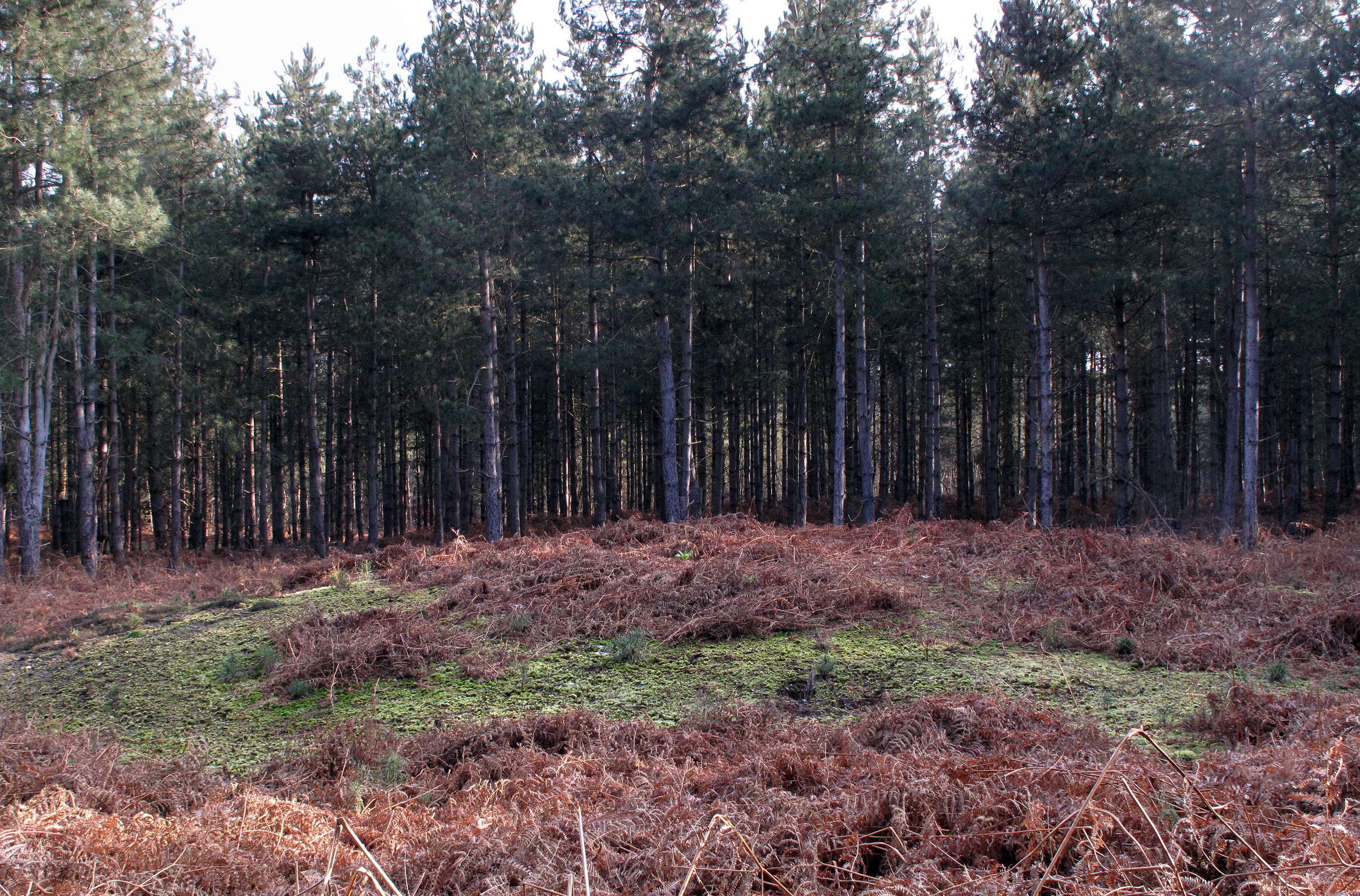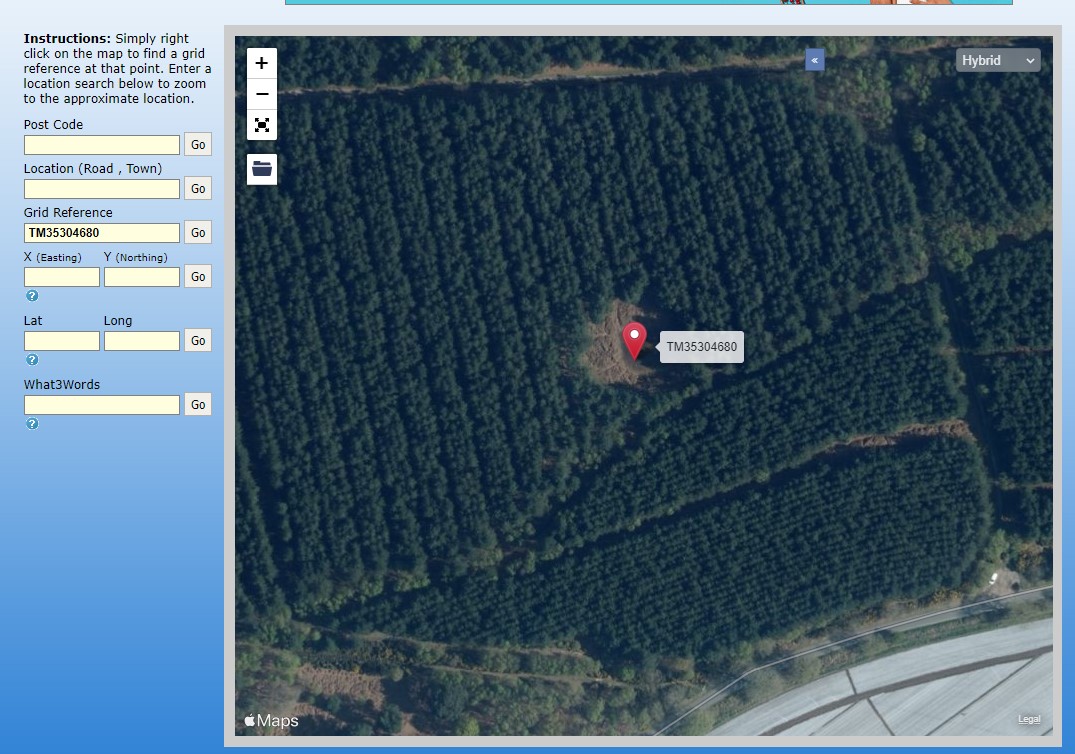
WHAT IS A BARROW?
There are two forms of barrow that one instantly thinks of, three if you include Pete Barrow from Boston Lincs (Pete.. you borrowed my copy of Electric Lady land in 1970, I would like it back please). The first you can find in garden stores across the country and have a wheel and handles. We are not interested in these today. The second and by far the most interesting are the Neolithic and Bronze Age barrows that are to be found across Great Britain. Dating from the Late Neolithic to the Late Bronze Age (2400-1100 BC Ish). They are round and frequently had a surrounding ditch. They resembled an upturned pudding bowl made out earth thrown up from the ditch and elsewhere. Their primary function was to serve as a grave. They vary in size greatly and perhaps the size reflected the importance, wealth, status or how nice the person interred was.
Finding a Barrow near you.
There are thousands of these gravesites across the country. They are the most common thing circled on any landscape archaeologist’s map. Frequently marked on maps as Tumuli, Tumulus or simply Mound. Quite a few county councils in the UK have an archaeological resource online, first look for these. The site I often use is the Historic England site, https://historicengland.org.uk/listing/the-list/ You can enter in your area and see what comes up…
Some of the more local area sites or specialist sites link to a map to show where the barrow or ancient monuments are, however, some just give out a grid reference, such as TM35304680. If that’s the case go to https://gridreferencefinder.com/ and enter in the coordinates.
This will give you an aerial view of the area. Alternatively, you can just use the coordinates and an OS map to locate the barrow. I use both. It’s great to see the aerial view, it gives you an idea of the terrain and how well hidden your target is. Then out with the OS map and find out how to get there and a quick double-check that the Barrow isn’t on agricultural or otherwise private land. If it is inaccessible you can always try getting in touch with the farmer or landowner. Some will be quite accommodating. Unfortunately some may be more aloof and be of the “get ooorrf my laaaand” type.

What to Expect.
Many of the barrows are eroded by time, ploughed out by a few thousand years of agriculture and probably “robbed” out by curious antiquarians in the past, looking for treasure.
The attached pic is a barrow we visited in Rendlesham Forest, Suffolk. There are at least four we have found there so far. They can be hard to spot. This one is around 4-6 foot high. The outer ditch is just discernible, but time and bracken does make it hard to make out.
If you decide to get your boots on and go barrow hunting.. Good Luck.
Ref Material / Further reading:

